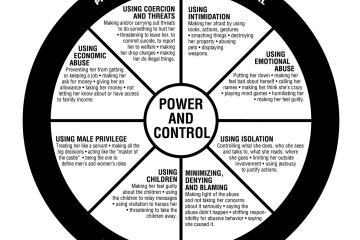Understanding the Billionaires Bunker: Safety for the Affluent

The Concept of a Billionaires Bunker
In an era where geopolitical tensions, climate change, and pandemics threaten global stability, the phrase ‘Billionaires Bunker’ has gained traction. This term refers to fortified shelters, often extravagant in nature, where the ultra-wealthy plan to ride out potential catastrophes. While the idea may seem excessive to many, it highlights a growing divide between the richest and the rest of society.
Recent Events Sparking Interest
The COVID-19 pandemic served as a wake-up call for many in the upper echelons of society, prompting increased interest in preparing for unforeseen crises. For instance, reports suggest that prominent figures like Elon Musk and Jeff Bezos have invested in underground bunkers designed to endure nuclear fallout and other disasters. The surge in demand for such luxury survival spaces has seen companies like Rising S from the U.S. experiencing a boom in enquiries.
Architectural Features and Locations
Billionaires bunkers often boast high-tech amenities, including water filtration systems, hydroponic farms, and advanced security measures. Some of the most notable locations include hidden properties in remote areas of New Zealand and the United States. These facilities are designed not just for survival but also for comfort, featuring luxuries like swimming pools and movie theatres.
Implications for Society
The existence of billionaires bunkers raises pressing questions about social responsibility and the wealth gap. While the rich invest in their security, many people continue to face food insecurity and inadequate healthcare. Experts warn that as the wealthy retreat into their fortified enclaves, society may become increasingly fragmented, leading to unrest.
Conclusion: The Future of Bunkers for the Affluent
As global uncertainty continues, it is likely that the trend of creating billionaires bunkers will persist. This situation prompts us to reflect on the future implications for social cohesion, preparedness, and ethics in an increasingly divided world. The socioeconomic discrepancy highlighted by the existence of such shelters is significant, urging discussions about equity and community resilience.









